Monkshood. Also known as wolf’s bane or aconite, monkshood has tall ‘hooded’ flowers that come in a variety of colours. It looks elegant but is one of Britain’s most deadly plants, containing a paralysing toxin that attacks nerves and stops the heart beating. Monkshood has killed countless people throughout history; Cleopatra used it dispatch her brother and our early ancestors made poison arrows with it. Make sure you know what it looks like because monkshood poison can be absorbed through the skin and so should never be touched with bare hands.
Foxglove. This striking ornamental flower is grown in many gardens and often features in floral arrangements. Foxglove has a high stem that is covered in colourful, downward pointing flowers which resemble small bells. Florists and flower arrangers beware however, because touching it can cause an itchy skin rash and inflammation. Don’t let any part of the plant get near your mouth as eating or sucking any part of the plant can result in death by heart failure. Remarkably, foxglove does have its uses: extracts contain a powerful drug called digoxin that doctors have used to treat heart disorders for hundreds of years. Deadly nightshade. Once upon a time, Babylonian ‘ladies of the night’ would dab deadly nightshade in their eyes. The plant’s poison forces the pupils to dilate, apparently making them more attractive to potential suitors – hence the flower also being known as belladonna (meaning ‘beautiful woman’). It’s a risk that isn’t worth taking because deadly nightshade is one of the most toxic plants on the planet and eating any part of it can cause you to stop breathing. Belladonna’s dark berries are a particular risk – especially to children – as they look like blueberries and taste sweet. Keep an eye on them because even one or two of these berries is enough to kill a youngster. Cuckoo pint. A plant with a naughty history, cuckoo pint (or ‘Lords and Ladies) is one of the most common causes of accidental plant poisoning in the UK. It grows distinctive bright orange berries atop of a tall stem and caused Victorians to giggle – the upward pointing fleshy spike looks a bit like a part of the male anatomy before the berries appear. Leaves have purple splodges and foragers sometimes mistake it for sorrel. Eating it can be disastrous; it contains a poison called calcium oxalate that causes intense burning, mouth swelling and choking that can last for days.Thanks for reading – all opinions expressed are my own. Feel free to add your thoughts in the comments below.  Follow @realdoctorstu
Follow @realdoctorstu
Photo credits: “Monkshood” by Schnobby, David Guyler via Compfight cc, abby chicken photography via Compfight cc , Italiaanse aronskelk by Dietmut Teijgeman-Hansen via Flickr cc
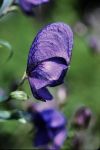
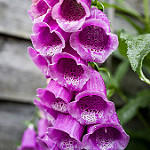
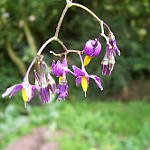
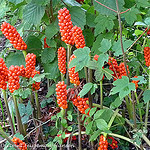
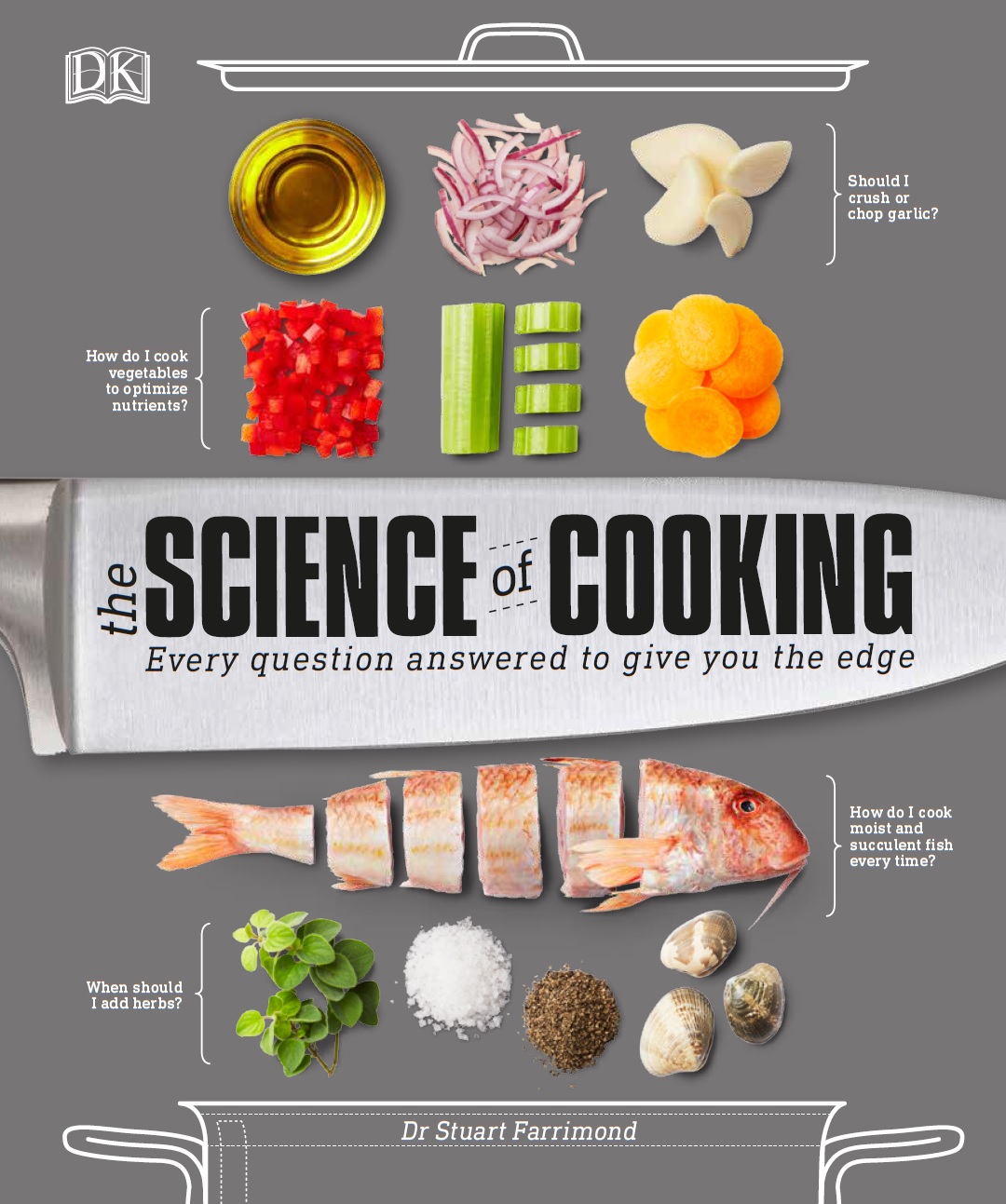








Discussion
No comments yet.